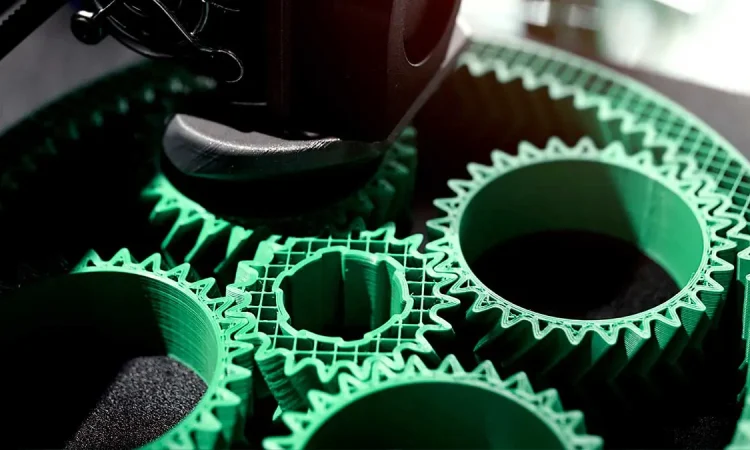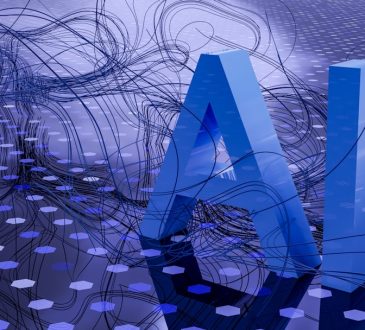
AMT additive manufacturing has fundamentally transformed our approach to creating complex objects, offering unprecedented freedom in design while simultaneously reducing material waste and production time. This revolutionary technology—often called 3D printing in common parlance—represents a paradigm shift from traditional subtractive manufacturing methods, building objects layer by layer instead of cutting away excess material to reveal the desired form.
The Historical Context of Manufacturing Evolution
The journey from hand-crafted production to today’s advanced manufacturing technologies reflects humanity’s persistent drive to create more efficiently. From the Industrial Revolution’s mechanized production lines to computer numerical control (CNC) machining, each evolutionary step brought greater precision and reproducibility. Yet all these methods shared a fundamental limitation: they primarily worked by removing material from a larger block.
This subtractive approach dominated manufacturing until the late 20th century when additive technologies emerged, initially as prototyping tools but gradually evolving into full production systems. This transition represents more than a mere technical advancement—it constitutes a profound reimagining of manufacturing’s fundamental principles.
The Distinctive Advantages of Layer-by-Layer Construction
The layer-by-layer approach to manufacturing offers remarkable benefits that traditional methods simply cannot match:
- Complex internal structures impossible to create through conventional machining
- Significant material conservation by eliminating the waste inherent in subtractive processes
- Design freedom allowing previously unimaginable geometries
- Reduced assembly requirements through consolidation of multi-part components
- Customization capabilities enabling mass personalization rather than mere mass production
“Singapore’s strategic investment in advanced AMT additive manufacturing has positioned us at the forefront of this manufacturing revolution,” notes a senior researcher at one of Singapore’s leading technology institutes. “Our facilities are producing aerospace components with internal cooling channels that would be physically impossible to manufacture through conventional methods.”
The Environmental Justice Dimension
The environmental implications of additive manufacturing deserve particular attention. Traditional manufacturing has often concentrated pollution in communities with the least political power to resist industrial contamination. The reduced material waste and energy consumption of additive processes represent not just economic advantages but environmental justice imperatives.
A study of Singapore’s AMT additive manufacturing initiatives found significant reductions in carbon emissions compared to conventional manufacturing for identical components—up to 60% in some applications. Beyond carbon, the reduction in chemical coolants, lubricants, and cleaning agents further decreases the environmental burden on surrounding communities.
This environmental dimension extends throughout the product lifecycle. Components optimized through additive manufacturing frequently achieve weight reductions that translate to ongoing energy savings during operation—a particularly crucial consideration for transportation applications where every gram matters.
The Materials Revolution Enabling New Applications
Initial additive systems worked primarily with polymers, limiting their applications to prototypes and non-functional models. Today’s advanced systems work with an ever-expanding palette of materials:
- High-performance metals including titanium, Inconel, and aluminium alloys
- Ceramics for applications requiring extreme heat resistance
- Composites offering unprecedented strength-to-weight ratios
- Biocompatible materials for medical implants and prosthetics
- Multi-material systems enabling varying properties within a single printed object
This material diversity has expanded additive technologies from prototyping tools to full production systems creating end-use parts for the most demanding industries.
Reimagining Supply Chains Through Distributed Manufacturing
Beyond the technical capabilities, additive manufacturing challenges fundamental assumptions about how and where things should be produced. The technology’s relatively compact footprint and digital nature enable a more distributed manufacturing model.
“In Singapore, we’ve implemented AMT additive manufacturing centres strategically positioned near critical industries,” explains a government official overseeing manufacturing development. “Rather than centralizing production in massive factories, we’re creating a network of facilities that can respond quickly to local needs while maintaining consistent quality standards.”
This distributed approach offers compelling advantages:
- Reduced shipping distances and associated carbon emissions
- Increased resilience against supply chain disruptions
- Local production tailored to regional requirements
- Faster response to customer needs and market changes
- Reduced inventory requirements through on-demand manufacturing
The Educational Challenge of Designing for Additive
Perhaps the most significant barrier to wider adoption lies not in the technology itself but in the mindset shift required to fully leverage its capabilities. Designers and engineers trained in traditional manufacturing methods must unlearn constraints that no longer apply while embracing new design principles.
“Our educational institutions in Singapore are fundamentally restructuring engineering curricula to incorporate AMT additive manufacturing principles from the beginning,” states an engineering professor from a prominent Singapore university. “Students must learn to design specifically for additive processes, thinking in terms of topology optimization and generative design rather than traditional manufacturing constraints.”
This cognitive transition proves challenging even for experienced professionals. The most successful organizations have invested heavily in retraining programs and design tools that help bridge this conceptual gap.
The Path Forward: From Revolution to Evolution
As additive manufacturing matures, the focus shifts from revolutionary breakthroughs to evolutionary refinements. Key areas of ongoing development include:
- Increased build speeds making the technology competitive for larger production runs
- Improved surface finishes reducing or eliminating post-processing requirements
- Enhanced material properties through process optimization
- Standardization enabling quality assurance across different machines and facilities
- Integration with traditional manufacturing in hybrid systems leveraging the strengths of each approach
The technology’s trajectory suggests not a replacement of conventional manufacturing but rather a complementary approach that opens new possibilities while respecting the continued relevance of traditional methods where they remain most appropriate.
For forward-thinking organizations seeking competitive advantage through innovative design and production approaches, the strategic implementation of AMT additive manufacturing represents one of today’s most significant opportunities to redefine what’s possible in their respective industries.



